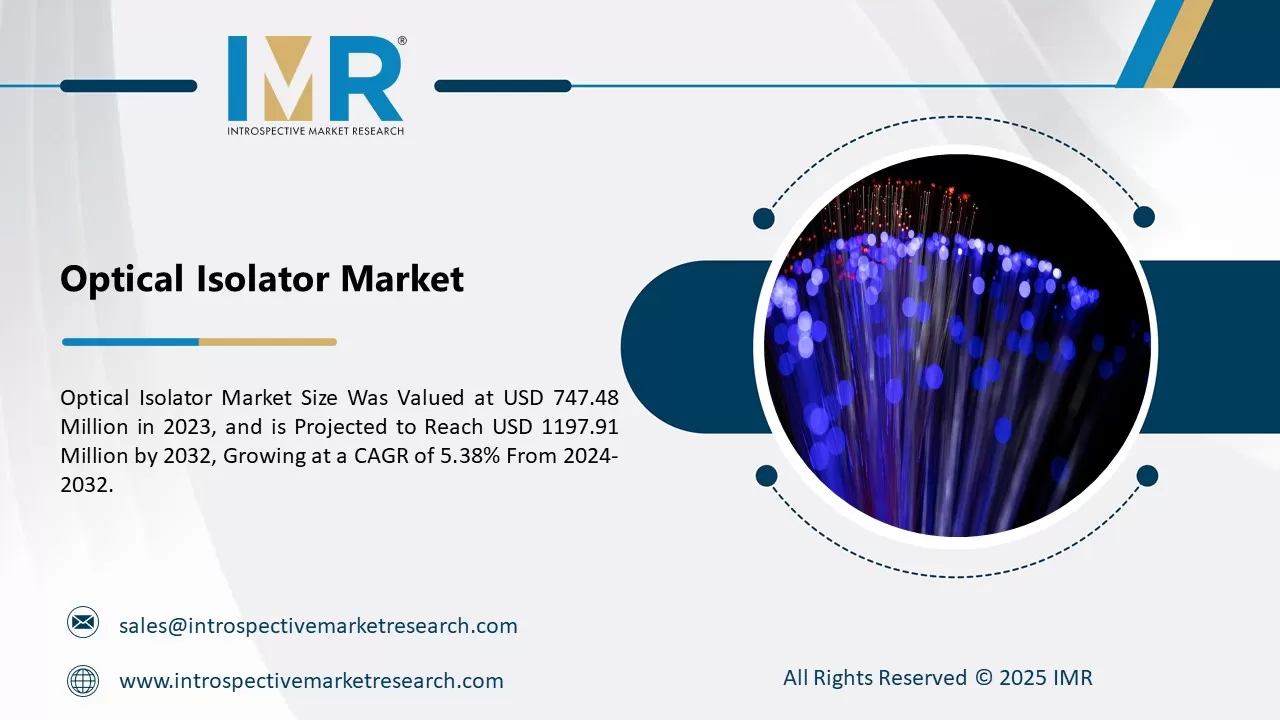
Non-Alcoholic Wine and Beer Market Market Overview:
The Non-Alcoholic Wine and Beer market estimated at USD 22.65 Billion in the year 2022, is projected to reach a revised size of USD 37.21 Billion by 2030, growing at a CAGR of 6.4% over the analysis period 2023-2030.
Low and reduced-alcohol beverages become gaining popularity in many regions with key factors such as rising health awareness, promotional strategies, perception towards non-alcoholic beverages, and others. According to research, low-alcohol beverages such as light beer and reduced-alcohol wine have become more welcomed in the marketplace and are expected to stimulate the growth in the non-alcoholic wine and beermarket during the forecast period. Furthermore, the production of beers with light alcohol content is a booming segment in the global beer market. Over the last few decades, various beer and wine-based products have been developed globally, using different brewing processes, technologies, and raw ingredients. For instance, in Germany, a country with a huge tradition in beer production, according to the Reinheitsgebot, the single ingredients used for obtaining beer and wine are water, malted barley, grapes, hops, and yeast.
Top Key Players in Non-Alcoholic Wine and Beer Market:
Big Drop Brewing, Carlsberg, Bernard Brewery, Erdinger Weibbrau, Suntory Beer, Anheuser-Bush InBev, Moscow Brewing Company, Heineken N.V., Behnoush Iran, and Other Major Players.
Market Dynamics and Factors for the Non-Alcoholic Wine and Beer Market:
Drivers:
Increased shelf life to escalate use of hops in non-alcohol beer brewing
Hops not only contribute to the flavor and aroma of beer but also possess natural preservative properties due to their antimicrobial and antioxidant compounds. Selecting hops with higher alpha acid content and appropriate aromatic compounds can enhance both flavor and shelf life. Utilizing a mix of hop varieties can also add complexity to the beer's profile. However, it's essential to strike a balance, as excessive hopping can lead to undesired flavors and aromas. Fermentation temperature affects yeast performance and overall beer quality. Stable and appropriate fermentation temperatures can prevent off-flavors and ensure the yeast consumes residual sugars effectively, promoting a drier, less sugary final product that resists spoilage.
Opportunities:
Opportunity in Rapid urbanization
Rapid urbanization, characterized by the swift growth of cities and urban areas, has ushered in significant shifts in lifestyles, consumer behaviors, and market dynamics. This phenomenon presents a unique opportunity for industries to adapt and cater to the evolving preferences and demands of urban populations. One sector that has the potential to capitalize on this trend is the non-alcoholic beverage industry, particularly non-alcoholic beer. As cities become hubs of social and economic activities, several factors align to make non-alcoholic beer a compelling proposition in the context of rapid urbanization.
Segmentation Analysis of the Non-Alcoholic Wine and Beer Market:
By Type, alcohol-free wine and beer dominate the market in the projected period. Based on technology, according to Science Direct Journal, dealcoholization dominates the market in the nonalcoholic wine and beer market during the forecast period.
By Distribution Channel, restaurants and bars dominate the market owing to a 70% margin on wine and beer, according to BinWise Inventory Management.
By Type
- Alcohol Free
- Lower Alcohol
By Source
- Grapes
- Apples
- Malted Grains
- Hops
- Yeast
- Enzymes
- Others
By Technology
- Restricted Fermentation
- Dealcoholization
By Sales Stores
- Liquor Stores
- Convenience Stores
- Supermarkets
- Online Stores
- Restaurants & Bar
Regional Analysis of the Non-Alcoholic Wine and Beer Market:
Europe region is dominating the nonalcoholic wine and beer market owing to Germany is one of the biggest markets globally in the low-alcoholic beer and wine industry. Furthermore, changing consumer preferences, well-established distribution channels, a large number of key players, and a variety of product availability are factors driving the market during the forecast period.
Key Industry Development:
- In March 2018, Heineken and Infor announced their collaboration to grow the production capacity and efficiency, with Infor?s cloud-based solution, and Heineken would be benefited from smart integration technology for proper operations.
- In October 2020, in the period of COVID-19 pandemic to control spreading, RIKEN, Suntory Liquors Ltd and Toppan Printing Co. Ltd. Have decided to merge their expertise to innovate face shield developed especially for eating and drinking, thereby creating a safer environment in restaurants and bars.




